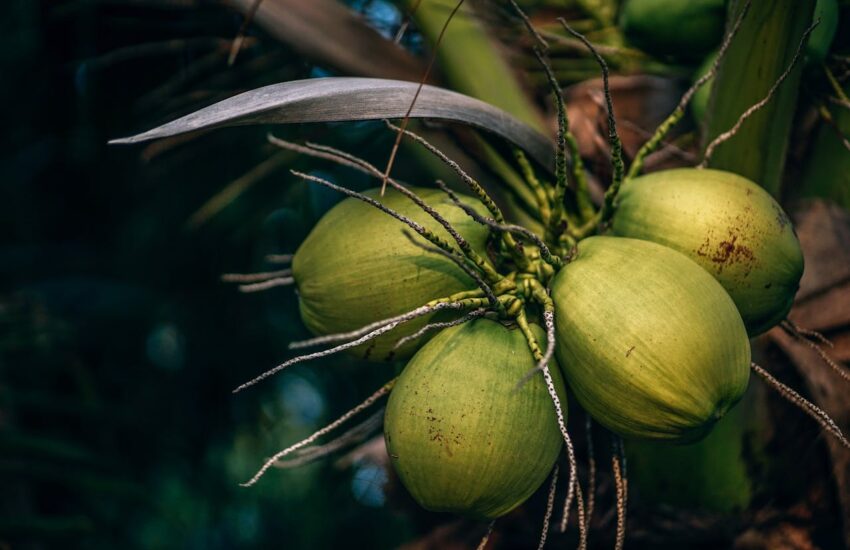This Is A Big (And Hidden) Reason You Might Have Digestive Issues
I think it’s fair to say that most of you reading this are aware that millions and millions of Americans across the nation have occasional digestive issues.
In fact, I’d be willing to bet many of you reading this experience digestive distress on a regular basis.
This could come in the form of occasional stomach cramps, heartburn, uncomfortable gas, IBS, and more.
Most of you probably think I’m going to peg things like allergies to foods (such as gluten and dairy) as the reason for upset stomachs. Interestingly enough, that’s not what I’m going to talk to you about.
By the way, if you have digestive issues and apply what you learn below and it doesn’t end up correcting how you feel, I’d recommend getting a food allergy test.
But I digress.
The real reason I’m writing to you today is to talk about the actual process of digestion from mouth to intestines, and then I’m going to clue you in on how a lot of people dealing with digestive issues are suffering because they’re missing out on a very important component necessary for digestion.
Almost Everything You Need To Know About Digestion
Did you ever do that experiment in school where your teacher gave you a saltine cracker and asked you to put it on your tongue for a minute to see what happened to it?
No? Yes?
For those of you who never had the joy of taking part in this experience, I’ll tell you what happens.
Within a minute’s time, the saltine you had resting on your tongue would begin to soften and dissolve.
What everyone who participated in this experiment experienced was the first step of digestion. The saltine cracker began to dissolve because the carbohydrate structure was being digested in the mouth by a chemical compound known as a digestive enzyme.
From the time food enters your mouth until almost the time it exits your body, enzymes are at play.
As you might guess, if you don’t have enough enzymes in your body it can make digestion rather difficult.
That’s because enzymes are responsible for breaking food down into the smallest parts necessary for proper digestion.
Here’s an example: if you wanted to start a fire in your fireplace, you wouldn’t throw a 30 ft. log into the fireplace and hope to get a fire. No way, that’d set your house on fire.
Instead, you’d head out to the backyard and chop your tree into small pieces of firewood before you tried to get the fire going. Either that or you’d send your husband out to do it…
Enzymes do the same thing; when they encounter food, they chemically chop up your food so your body can digest it later and extract the necessary nutrients out of it.
Without enzymes, your body would never be able to turn the food you eat into their most basic elements – things like amino acids (which form protein), fatty acids, cholesterol (yes, it’s important to have cholesterol), simple sugars, and nucleic acids (which help make DNA).
Remember back to the saltine for a moment…
When you put any food in your mouth, it sets off (or it’s supposed to) a chain reaction to help you break down food.
Here’s how it works
- Eat and chew: When you do this, your body releases an enzyme in your saliva called amylase. This immediately begins to break down your food, so by the time it reaches your stomach, it’s been partially pre-digested.
- Enters the stomach: In the 12-18 inches between your mouth and your stomach, something happens.Cells inside of your stomach start releasing additional enzymes (as well as stomach acid) to further break down the food. This process will create something known as chyme (which is a nearly fluid glob of undigested food) that’s getting ready to move into your intestine.
- Moves to small intestine: After the acids and enzymes have done their job (which takes around an hour), the food moves from the stomach into the upper small intestine. If the acidity of the chyme is right (assuming all the right enzymes are present in the right amounts), this will cause a hormone called secretin to be produced.
- Hormones from the pancreas get involved: Now that secretin has been produced, the pancreas (the organ responsible for the emission of multiple hormones – including insulin, which is essential to the digestive process) will begin emitting hormones, bicarbonate, and bile, along with a variety of enzymes to further digest the food.
- The food changes acidity: Once the bicarbonate is released, the stomach acid in the chyme is neutralized and is turned alkaline.This allows the pancreatic enzymes to break down the food even more. One of the cool parts here is this process allows probiotic bacteria essential for the breakdown of food to do their work. They wouldn’t normally thrive in food high in acid, so this process is vital for a healthy gut.
Now keep in mind none of this would happen without the presence of enzymes.
If you’re lacking in some of the more important ones, this can make digesting even the healthiest foods (like vegetables, fruits, and meats) extremely difficult.
That’s why it’s important you know what enzymes do and learn how you can get more of them.
A Short List Of Important Enzymes
All enzymes are important, but many of them serve entirely different functions.
Take a look at this list and then decide if you can figure out which foods you eat cause the most digestive problems.
If you can narrow it down, you might be able to start supplementing with digestive enzymes to help ease the pain associated with digestion.
Oral Enzymes:
Ptyalin – Converts starch to simple soluble sugars
Amylase – Converts starch to soluble sugars
Betaine – Maintains cell fluid balance as osmolytes
Bromelain – Anti-inflammatory agent, tenderizes meat
Stomach Enzymes:
Pepsin – Breaks protein into small peptides
Gastric amylase- Degradation of starch
Gelatinase- Degradation of gelatin and collagen
Rennin- Conversion of liquid milk to solid particles
Gastric lipase- Degradation of butter fat
Pancreatic Enzymes:
Pancreatic lipase – Degrades triglycerides into fatty acids and glycerol
Phospholipase – Hydrolyzes phospholipids into fatty acids
Trypsin – Converts proteins to basic amino acids
Steapsin – Breakdown of triglycerides to glycerol and fatty acids
Chymotrypsin – Converts proteins to aromatic amino acids
Carboxypeptidase – Degradation of proteins to amino acids
Pancreatic amylase – Degradation of carbohydrates to simple sugars
Elastases- Degrade the protein elastin
Nucleases – Conversion of nucleic acids to nucleotides and nucleosides
Small Intestine Enzymes:
Sucrase – Converts sucrose to disaccharides and monosaccharides
Maltase – Converts maltose to glucose
Lactase – Converts lactose to glucose and galactose
Isomaltase – Converts maltose to isomaltose
That’s a lot of enzymes, isn’t it? Probably so many it might be a bit confusing.
Wouldn’t it be nice to simplify things a bit?
The good news is you can.
Basically it works like this.
If you want an easy solution to getting more of the enzymes used to break down some of the most problematic foods, you can start by taking Nature’s Life Enzyme Aid Digest.
This is the bottle of enzymes I recommend to patients because it helps to break down fats, proteins and carbohydrates.
We’ve found through research that many people benefit from the enzymes included in this supplement.
My suggestion is, if you have trouble digesting food, you should give these a shot.
Most patients who take these enzymes begin to see improvements in the digestive discomfort they normally experience.
I did a wonderful writeup on all of the enzymes found in this supplement right here, so check it out if you want to know more about what’s inside.
But if you want to experience what many of my patients have, then click here and get this wonderful blend of enzymes today.
Talk soon,
Dr. Wiggy
www.HealthAsItOughtToBe.com



